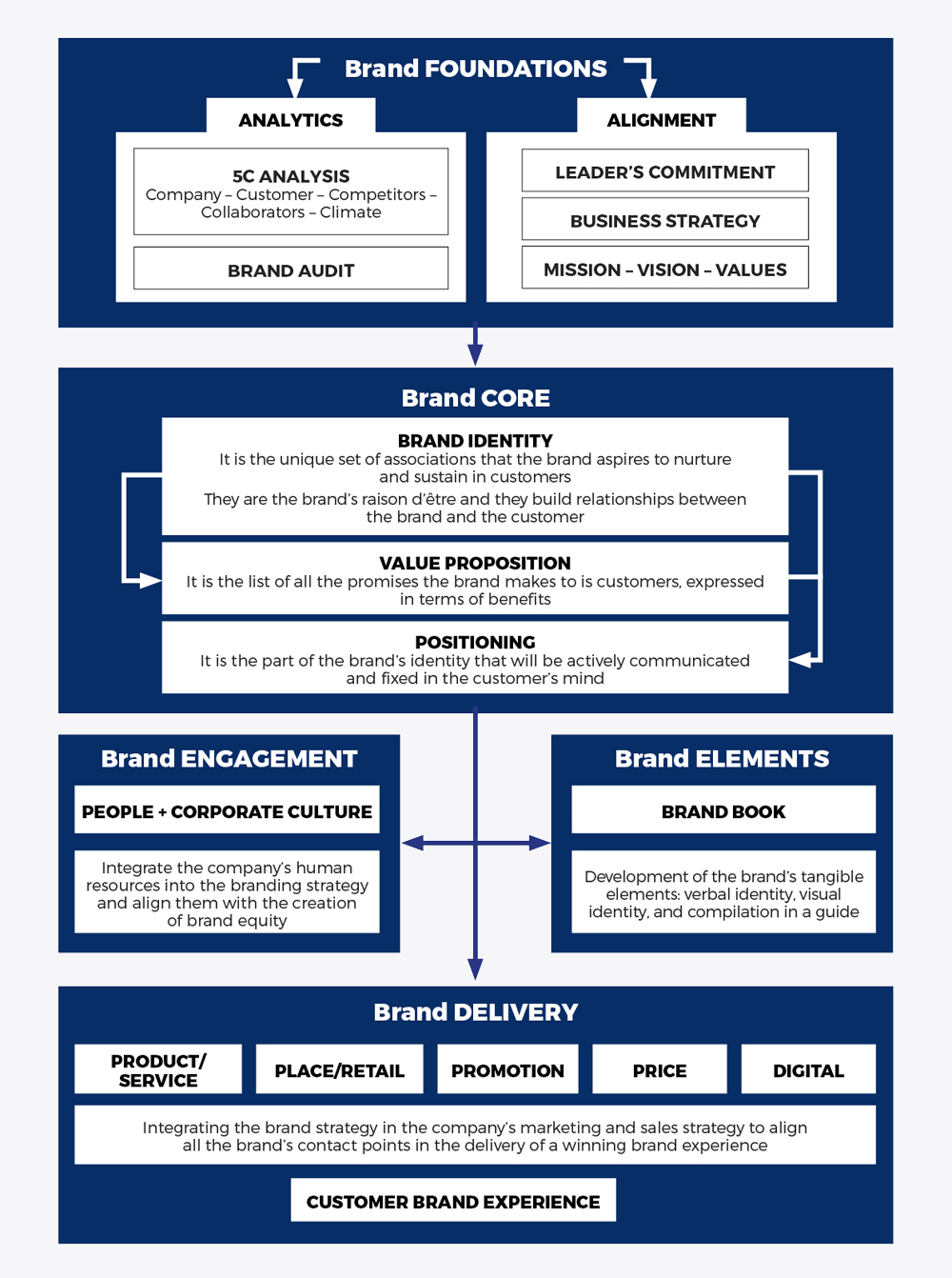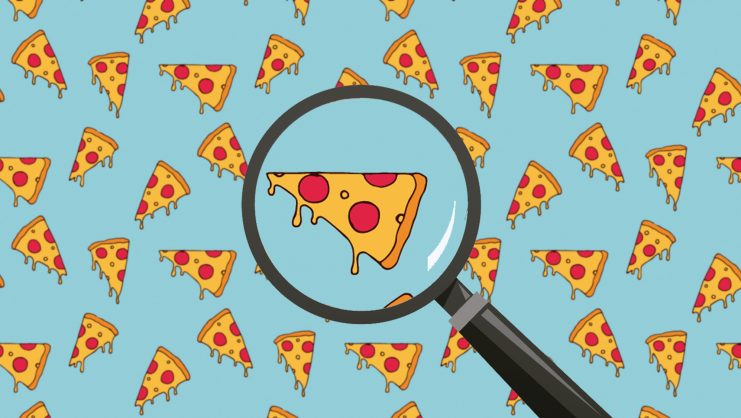The crisis from which we are currently emerging at the macroeconomic level coupled with today’s increasingly technology-driven environment is giving rise to new business and customer models. Since 2007, half of all people have maintained their purchasing power, but the share of those who have changed their buying habits is nearly 100%. The way we consume is evolving, and while the money supply has increased, the number of transactions has plummeted, a reality that increases the value we give to money and, therefore, considerably raises the standards we expect from companies that ask for our money in exchange for their products and services. This slowdown in the velocity of money is causing markets to narrow, leaving room for fewer competitors in each product category in both consumer and B2B sectors, which inevitably puts pressure on prices.
Meanwhile, the proliferation of new technologies, in addition to changing our lives, is bringing down prices and placing businesses and markets under incredible strain. By way of example, a 3D printer that cost $40,000 in 2007 can today be purchased for $100; likewise, the price of drones has fallen from $100,000 to $700. The “economy of free” is booming, too; it is teaching us to expect access to ingenious products at no charge or for a modicum fee. This reality is clearly having an effect on other sectors, where it also exerts pressure on prices.
The brands that succeed are the ones that deliver value, either through price, which is the first explanatory factor for a product, or by creating benefits for customers.
A new way of doing business
Both the crisis and tech are pushing prices down, resulting in a new way of doing business that is to a certain extent displacing some traditional sectors and making us rethink others. Uber (taxis), Airbnb (hotels), and Spotify (music streaming) are all examples. These companies both have much lower-cost models than those that traditionally predominated their industries and provide great value to customers. These new businesses also exert pressure on prices. In this context, the new consumer has trimmed away all the fat arising from the easy access to money before the crisis, which led to a decline in the value of money and, therefore, more transactions and brands in each market. The old paradigm was management. If you were entrepreneurial and a good manager, you might not be the market leader or have the best brand, but you could survive. Today that is no longer possible.
With the crisis and the collapse of companies, it is not enough to have entrepreneurial DNA and a good head for business management; you need to be unabashedly brilliant. Today’s customer is mature and connected, but also influential, demanding, conscientious, and cautious. Ultimately, all of this leads to market polarization. Many markets have already narrowed, which means we are dealing with either the low-cost logic of competing on price, where cost is the main factor in the customer’s decision, or a high-end range, which may not be premium or luxury, but in which companies compete on value added. What we are no longer seeing is a muddle of brands in the no-man’s land in between. The brands that manage to escape this “valley of death” are the ones that deliver value, either through price, which is the first explanatory factor for a product, or by creating customer value.
For most companies, competing on price is not the best option, as in this field there tends to be just one opponent in each market.
The art of brand building
For the American economist Philip Kotler, the art of marketing is the art of brand building; if you are not a brand, you are a commodity, whose sole selling point is price. For most companies, competing on price is not the best option, as in this field there is almost systematically one opponent in every market, and you need major scale to win. Therefore, it is clearly better to heed Professor Kotler’s words and try to build a brand, an endeavor closely related to equity.
There are two optics of brand equity: the customer’s and the company’s. When assessing a brand, customers tend to consider attributes, feelings, sensations, or thoughts. However, brands are also highly profitable assets for companies. The main annual business valuation reports include value breakdowns. While tangible assets (equipment, buildings, vehicles, etc.) account for an average of 36% of a company’s sale price, the brand accounts for 38%. Logically, this percentage varies depending on the firm and industry, but it shows the importance of a brand. Therefore, whether the goal is to sell the company or grow it, quantifying the energy we devote to keeping tangible assets alive and valuable as opposed to the brand is crucial. Another increasingly valued asset is human capital, or talent, which accounts for almost 17% of the valuation.
The only way to have a valuable brand, with a market reputation able to protect the business from competition, is to create clear, sustainable customer value. To this end, it is necessary to work with a methodology to organize the process within the company. In any case, it must be remembered that brand building never ends; it is a cumulative process, and three or four missteps can do incalculable damage in a market as complex as today’s.

Foundations
With brand building, it is fundamental for top management to ensure alignment. The role of the CEO is essential, as he or she must lead the process or actively delegate. In addition to leadership, there must also be alignment between what we want to do with the brand and the company’s strategy.
Once we have obtained that knowledge base, we can build a brand, which we will do based on three central concepts: identity, value proposition, and positioning. Identity is the brand’s core, the set of attributes, values, and aspirations we wish to convey. Consequently, it should be the result of a viable and consistent internal reflection by the company, consistent with its way of doing things.
The CEO plays an important role in branding, as it is he or she who must lead the process or actively delegate.
The goal is to highlight the company’s most powerful attributes, the ones to which none of its competitors can lay claim and that are valuable for consumers. Customers do not buy identities, but rather benefits, which provide them with value. Therefore, it is necessary to determine which part of the company’s identity can be transformed into gains for users. A brand’s positive aspects or value creators include its benefits, the emotional returns, such as safety in cars, and the relational ones, which arise when a brand enables membership in a particular reference group.
On the opposite side of the scale are the value destroyers, including price, inconvenience, and uncertainty. Price is the main destroyer, except with luxury goods, where the higher the price, the greater the emotional and social value attached to the feeling of membership in the group. Inconvenience and uncertainty are the great forgotten value destroyers, and brands and business models can be built on them. Stitch Fix, an innovative company in the American fashion market, has done just that. Using competitive prices, the firm makes shopping easier for people who lack the time or knowledge to pick out fashion-forward clothes themselves. Users go to the website, where they complete an online profile to determine their preferences. The company then decides which products might be their style and puts together an order. Customers receive the products before paying for them and, if they are not satisfied, can return them free of charge.
Brand positioning refers to the unique attribute the company will always communicate, the brand’s mantra. Once the brand’s platform has been established, the brand delivery can occur. One example is Southwest Airlines, the American low-cost company that, in addition to offering cheap flights with free checked baggage, controls the travel experience through the people who serve its passengers. Internal branding enables brand delivery to customers. The customer experience must be consistent with the entire company’s mastery of the brand.
© IE Insights.











